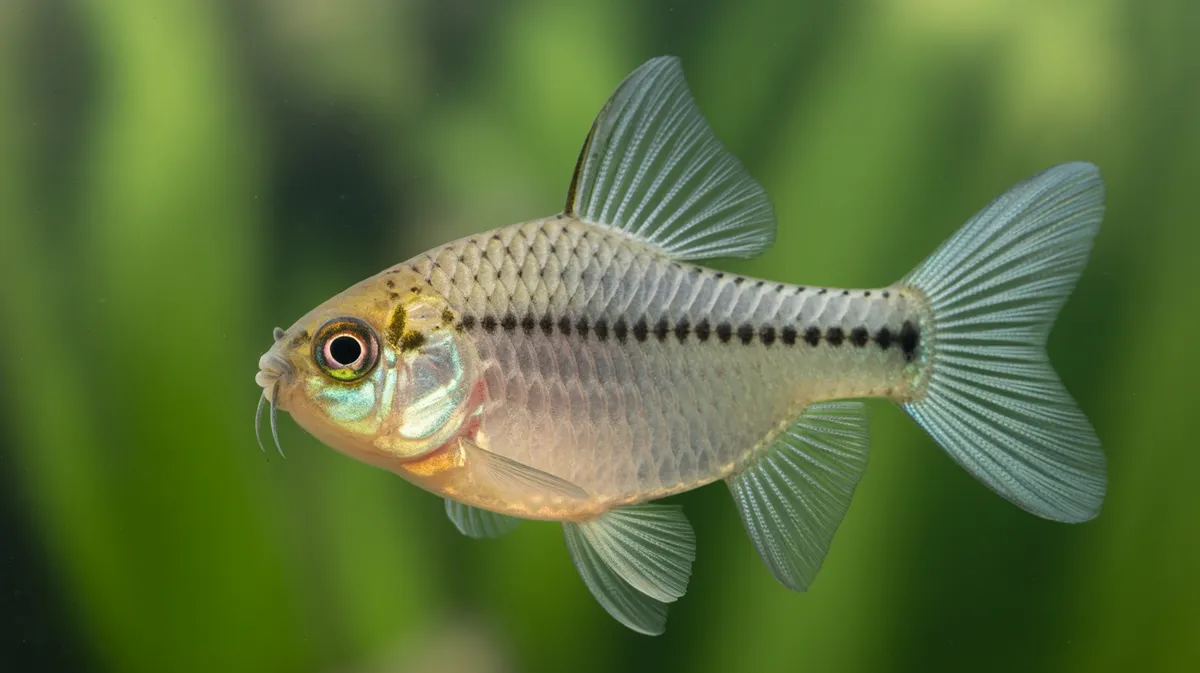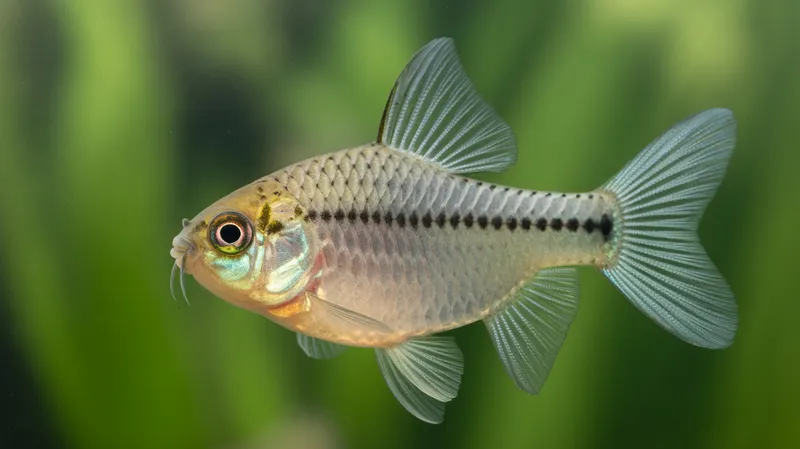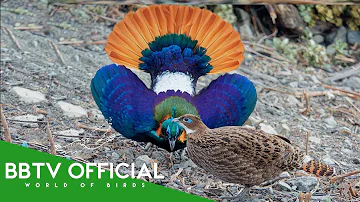
Balloon molly
Poecilia sphenops (Balloon variety)

Meet the Balloon molly
The balloon molly is a selectively bred variety of the common molly fish, known for its distinctive rounded, balloon-like body shape. This unique physique is the result of intentional breeding for a shortened, curved spine, giving the fish a plump and adorable appearance. Balloon mollies are popular in the aquarium trade due to their lively personalities, bright coloration, and peaceful temperament. They are livebearers, meaning they give birth to free-swimming young rather than laying eggs. Their adaptability and tolerance for a wide range of water conditions make them ideal for beginner aquarists.
Classification
Fish
Habitat
Freshwater streams, rivers, and ponds
Diet
Omnivore
Lifespan
2-5 years
Conservation
Least Concern
Weight
3-8 grams
📖Fascinating Facts
Livebearers
Balloon mollies give birth to live, free-swimming fry instead of laying eggs, which is a distinctive feature among many aquarium fish.
Colorful Varieties
They come in a wide range of colors and patterns, including black, white, orange, and even dalmatian spots.
Selective Breeding
The balloon molly's unique shape is the result of human-directed selective breeding, which has created their signature rounded bodies.
📋Detailed Description
The balloon molly (Poecilia sphenops, Balloon variety) is a domesticated ornamental fish distinguished by its highly arched back and pronounced, rounded abdomen, the result of selective breeding for a spinal deformity. Adults typically reach 5–7 cm (2–2.8 in) in length, with females generally larger and more robust than males. Their coloration is highly variable, ranging from solid black, silver, gold, and dalmatian patterns to vibrant orange and white morphs, a testament to extensive captive breeding. The balloon molly's body shape, while visually striking, is associated with a shortened vertebral column and compressed internal organs, which can impact swimming efficiency and organ function. Despite this, balloon mollies are active swimmers and display a lively disposition in aquaria. They are social, schooling fish, often forming loose groups and exhibiting complex social hierarchies, with dominant individuals sometimes displaying mild territoriality. Their upturned mouths and flattened heads are adaptations for surface and mid-water feeding. Balloon mollies are livebearers, with internal fertilization and the ability to store sperm, allowing for multiple broods from a single mating. They are highly adaptable, tolerating a wide range of water parameters, including mildly brackish conditions, and are known for their resilience in fluctuating environments. This adaptability, combined with their peaceful nature and prolific breeding, has cemented their popularity in the aquarium trade worldwide.
💡 Did you know?
Despite their cute appearance, the balloon molly's body shape is considered a deformity and can sometimes lead to health issues, such as swim bladder problems.
🔬Research & Sources
🎭Behavior & Social Structure
Balloon mollies are diurnal, most active during daylight hours, and spend much of their time swimming in the mid- to upper levels of the water column. They are omnivorous, feeding opportunistically on algae, plant matter, detritus, small invertebrates, and commercial fish foods in captivity. In group settings, they establish subtle dominance hierarchies, with males occasionally displaying courtship behaviors such as fin spreading and chasing females. Aggression is generally minimal, though males may compete for access to receptive females. Balloon mollies exhibit shoaling behavior, gaining security and social stimulation from conspecifics. They regularly graze on biofilm and algae, contributing to tank cleanliness. Rest periods are brief and scattered throughout the day and night, with individuals often hovering near plants or decorations.
👶Reproduction & Life Cycle
Balloon mollies are prolific livebearers, with internal fertilization facilitated by the male's modified anal fin, or gonopodium. Courtship involves males pursuing females and attempting to copulate, sometimes persistently. Females can store sperm for several months, producing successive broods without repeated mating. Gestation lasts approximately 4–6 weeks, depending on water temperature (optimal range: 24–28°C/75–82°F). Brood sizes range from 10 to over 60 fry, with larger and older females producing more offspring. Fry are born fully formed and free-swimming, exhibiting immediate independence. Parental care is absent; adults may consume their own young if not separated. In captivity, breeders often use breeding traps or dense vegetation to protect fry. Sexual maturity is reached at 3–5 months under optimal conditions.
🛡️Adaptations & Survival
Balloon mollies possess several adaptations for survival in variable environments. Their euryhaline physiology allows them to tolerate a broad range of salinities, from freshwater to mildly brackish water, due to efficient osmoregulatory mechanisms in their gills and kidneys. Their upturned mouths facilitate surface feeding, enabling them to exploit floating food resources. The balloon variety's compact body, while a result of artificial selection, may reduce predation risk by making them less streamlined and harder for some predators to swallow. Social shoaling behavior enhances vigilance and reduces individual predation risk. Their reproductive strategy—livebearing with stored sperm—enables rapid population growth and colonization of new habitats.
📚Research Sources
🎨Cultural Significance
Balloon mollies hold no known traditional or mythological significance in their native range, as the variety is a product of modern aquarium breeding. However, they have become cultural icons within the global aquarium hobby, symbolizing the diversity and creativity of ornamental fish breeding. Their distinctive appearance and gentle temperament have made them favorites in educational settings and public aquaria, where they are used to teach principles of genetics, selective breeding, and animal welfare. The balloon molly's popularity has also sparked debates about the ethics of breeding animals for extreme morphological traits.
🔬Recent Research & Discoveries
Recent research on Poecilia sphenops and related livebearers has focused on the genetic mechanisms underlying color and body shape variation, as well as the physiological impacts of selective breeding. Studies have documented that the balloon trait is associated with vertebral malformations, which can compromise health and longevity. Investigations into livebearing reproductive strategies have revealed complex sperm storage and cryptic female choice mechanisms. Ongoing research is examining the welfare implications of breeding for extreme morphologies and developing guidelines for responsible ornamental fish breeding. Additionally, mollies serve as model organisms for studies on adaptation to salinity gradients and environmental stressors.
🎥Wildlife Videos

Facts you need to know about Balloon Mollies! 🥳
Fishtopia

molly fish
Sailfin molly - Poecilia latipinna in wild by bbc.
Bojan Ravnjaski

Nature: Sailfin mollies
"Sunday Morning" takes a peek at sailfin mollies courting in waters near Tulum in Mexico. Videographer: Lance Milbrand.
CBS Sunday Morning

Molly Balloon Giving Birth More Than 50 babies How to Breeding Molly Fish Balloon
Molly Balloon Giving Birth More Than 50 babies How to Breeding Molly Fish Balloon Molly fish, also known as molly balloon fish, ...
Dark Dramatics

Creatures Of The Volcano
A million years ago, Italy was shaped by violent volcanic activity that created mountains and destroyed valleys in a lifeless world.
All Out Wildlife

30 Most Beautiful Creatures On Earth (Order Galliformes) | Wildlife Documentary | BBTV Official
In the heart of the world's most remote forests and rugged highlands, where mist lingers over ancient trees and the wilderness ...
BBTV Official
🌍Habitat Information
The Balloon molly typically inhabits Freshwater streams, rivers, and ponds environments. Balloon mollys have adapted to their environments with specialized features and behaviors.
Primary Habitat:
Freshwater streams, rivers, and ponds
More detailed habitat information will be available soon.
🛡️Conservation Status
The Balloon molly is currently classified as Least Concern. Conservation efforts are crucial for preserving this species for future generations.
Common Threats:
- 🏠Habitat loss and fragmentation
- 🌡️Climate change impacts
- 🎯Hunting and poaching
- 🏭Human-wildlife conflict
⚠️Threats & Conservation Challenges
In the wild, Poecilia sphenops populations are stable and widespread, facing few significant threats. However, the balloon variety is exclusively a product of the aquarium trade and does not occur naturally. Selective breeding for the balloon trait has raised ethical and welfare concerns, as the spinal deformity can lead to compromised organ function, reduced swimming ability, and increased susceptibility to health issues such as swim bladder disorder. Overcrowding, poor water quality, and inbreeding in captive environments can exacerbate these problems. There is no evidence of invasive populations from balloon mollies, but releases of other molly varieties have contributed to ecological imbalances in some regions. Conservation status for the species as a whole remains Least Concern, but responsible breeding and husbandry practices are recommended for the balloon variety.
🔬Scientific Classification
Scientific Name
Poecilia sphenops
Classification Hierarchy
🔍 About Taxonomic Classification
Taxonomic classification is a hierarchical system used by scientists to classify and organize living organisms based on shared characteristics and evolutionary relationships.
The system moves from broad categories (Kingdom) to increasingly specific ones, with each animal's scientific name typically consisting of its Genus and species.
📝Community Notes
Share your observations and insights about the Balloon molly with our community of wildlife enthusiasts.
Join Our Community
Sign in to share your observations and connect with fellow wildlife enthusiasts.
Sign In to ContributeNo community notes yet
Be the first to share your observations about the Balloon molly!
Explore Balloon molly
Select a tab above to learn more about this amazing animal.
📸Photo Gallery
No photos available for this animal yet.
🌟Discover More Wildlife
Continue your journey of discovery with more fascinating animals from our database
